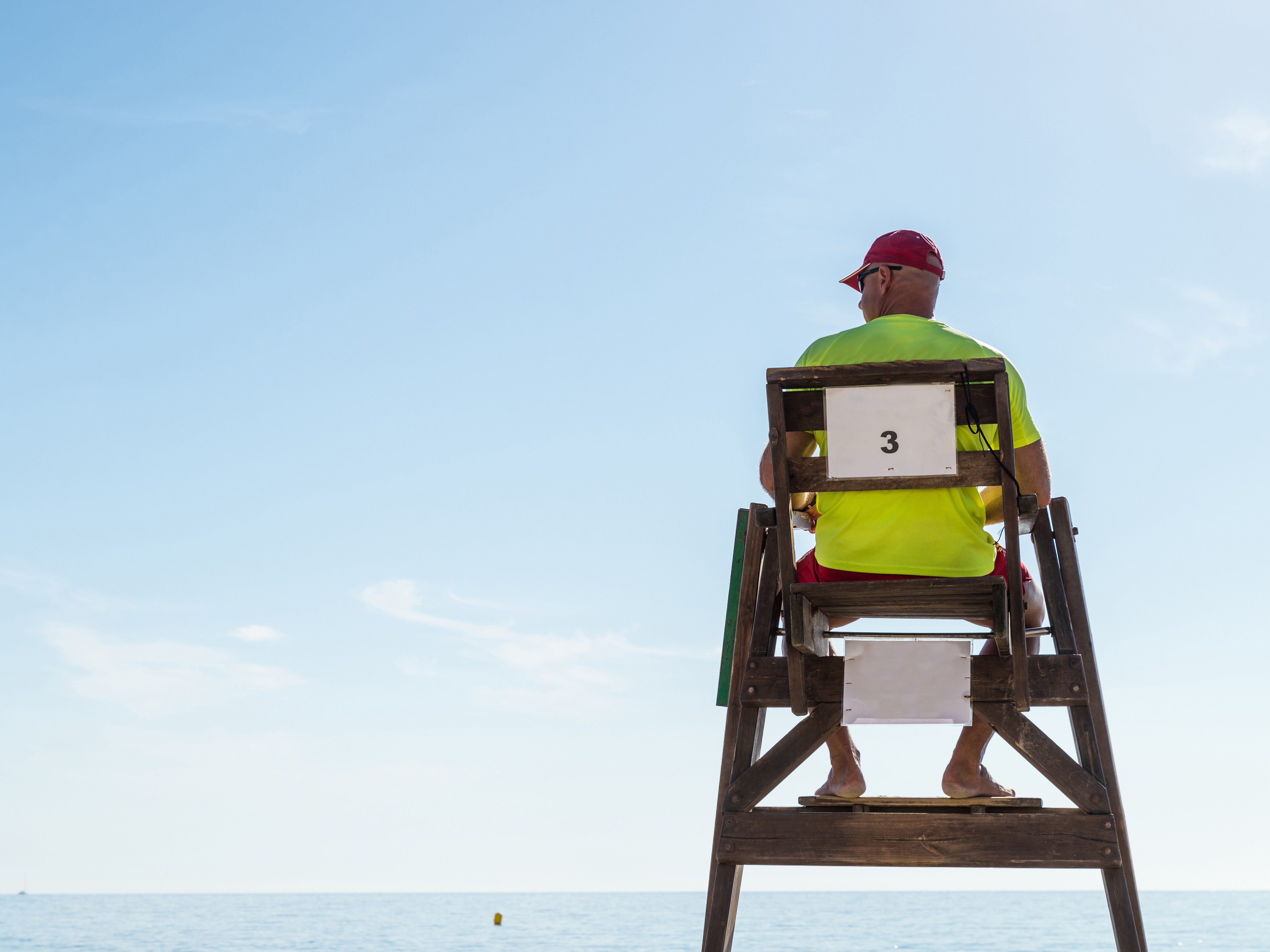
HOW TO PREVENT A SHARK ATTACK
- * When travelling, check the shark safety record of beaches you plan to swim from. If in doubt, stick to beaches with lifeguards or bays protected by shark nets. Florida, Australia, Hawaii, South Africa and California are shark hot spots.
- * Sharks gather where there is food, so avoid swimming near mouths of rivers, fishing boats, or near large numbers of seabirds or seals.
- * Stay out of murky water. Bad visibility may prevent you from seeing a shark and increase the chance of a shark attacking you by mistake.
- * Avoid swimming near shark-friendly places, such as sharp drops or deep channels between sandbars.
- * Do not wear high-contrast clothing or shiny jewelry. Try not to splash. Sharks see contrast well and may associate splashing with a young or injured prey species.
- * Swim in groups and stay together. Sharks may attack lone swimmers.
- * Recognize sharks that may attack. The top three in order of attack statistics are the white (also called the great white), the tiger and the bull shark. The oceanic whitetip has been responsible for the deaths of some involved in mid-ocean disasters.
- * Avoid being in the water when sharks are likely to be about. They normally rest in the daytime and become more active at dawn, dusk and night.

WHAT TO DO WHEN YOU ENCOUNTER A SHARK
If you see a shark:
Try not to panic. Alert any nearby swimmers, and then swim towards the shore, a boat or any other way out of the water, as smoothly as you can. Breaststroke is a suitable splash-free stroke. If a shark is swimming straight towards you, turn to face it. Tread water so that you are as vertical in the water as possible-most shark prey, such as seals, appears horizontal in the water, so remaining vertical in the water makes you less appealing to the shark. If you are swimming near a boat, call for help and tread water, watching the shark, until the boat arrives.
If you sense a shark:
If you feel something nudge you or brush past you, leave the water as quickly and calmly as you can before investigating. At times a shark will bump its prey before attacking. Some victims claim not to have realized that they have been bitten until a few moments after an attack.
If you are diving:
Most sharks attack from below so attacks on divers are rare. The best course of action is to stay as calm as possible. Do not display aggressive behaviour as this may aggravate the shark.

WHAT TO DO WHEN A SHARK ATTACKS
1. Aim for vulnerable areas
If you have a paddle or a diving knife, direct your attack at the eyes and gills. If you have no weapon, use your hands to claw at these vulnerable areas. The snout is also sensitive, but is dangerously close to the mouth.
2. Treat any bites
Try to stop the bleeding by applying pressure directly to the wound. If necessary, swim on your back. Leave the water as swiftly as you can.
3. Warn others, then seek help
Once you are out of the water, warn the lifeguard or other swimmers, then seek medical help.

WHAT TO DO IF YOU WITNESS A SHARK ATTACK
1. Alert the lifeguard
If there is no lifeguard or one is not available, do not put yourself at risk. Any rescue is best attempted by boat.
2. Get the victim out
Help the victim to leave the water quickly. Staunch any bleeding by applying pressure to the wound.
3. Keep the victim as still as possible
Wrap the victim in towels to keep warm, in case of shock. Call for medical assistance.